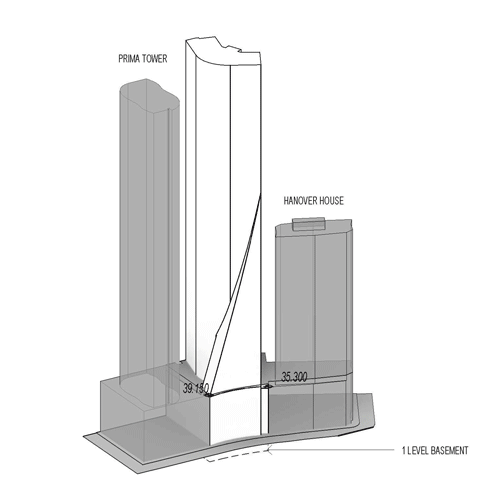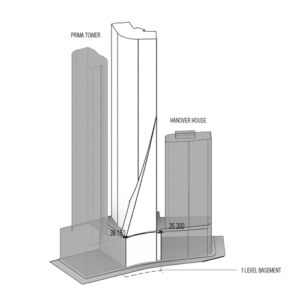Mixed-use is what cities are all about. If you don’t have mixed use you don’t have cities.
Joseph Rykwert
Mixed-use development is on the rise in South Africa, following after many developed nations that have gone down this path. This is a response to the intention of major hubs to densify suburban areas.
This densification will allow for better utilization of public facilities and land, and inherently creates safer neighborhoods for all to enjoy. This allows for more people to be located closer to work, which means less dependence on public transport systems.
It comes as no surprise that this type of development is key to the strategic development of South Africa. This is great news for developers as opportunities to take advantage of this are boundless.
During our directors’ time in Australia, Kunal worked on and saw many of these types of developments, whether mixed-use or purely multi-residential. Melbourne is quickly densifying and everyone seems to be happy, barring the Public Transport networks (that will have to increase their capacity as density increases).
The private sector has been the most active participant in mixed-use development. All this while the South African government continuously fails to deliver mandates on housing affordability.
What Is a Mixed-Use Building?
Put simply, mixed-use development is a combination of two or more types of building (building typology). The classic example is the mixing of retail and multi-residential. In this case, the retail component (usually a supermarket), will depend largely on the residential component for sales. The residential component will largely depend on the supermarket for groceries. The best-case scenario in the example above is when the retail component not only serves the immediate residential component, but also meets the needs of the wider residential area.
Mixed-use development can include almost any building typologies from hotels, luxury/medium/low cost residences/community facilities/offices and commercial type activities.
The thing with mixed-use is to find the right balance of the above in order to best utilize the space. Mixed-use developments can be used to overcome some of the site issues you may be facing.
For instance, you may not have any shopping facilities near your chosen site. Mixed-use development would be a good option to ensure potential buyers are attracted to your development.
In terms of profit, mixed-use development offers the most diverse income possibilities with many sources and periods of income can be achieved using this model.
A buyers perspective
Convenience is king in the new South Africa as global trends are taking root in the way South Africans see themselves. Property buyers are looking to maximise their lifestyles by choosing properties that are closer to work, school and play.
Selecting the right site therefore has never been more important (more on this here).
How an Architect can help
To help determine that maximum use of the land, an architect may be engaged to try and identify the opportunities on the site. Architects are visual by nature and thus understand the possibilities of a space, regardless of location.

For example, the image to the left shows some options for a mixed-use tower that we’re developed for a client. These options were backed up by area tables that outlined the Gross Lettable Area (GLA) per option.
These types of diagrams make it easier for developers to understand the physical implications of their requests and helps everyone get on the same page at the early stage of development.
